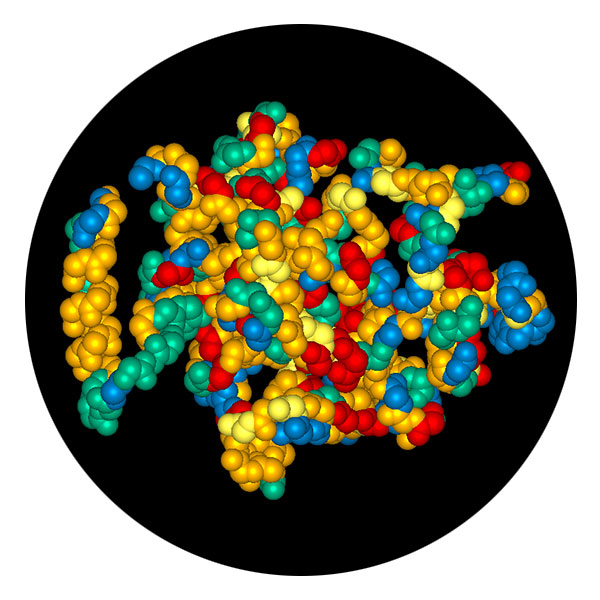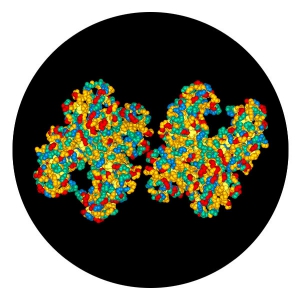Description
Protein D is a 42 kDa surface-exposed lipoprotein from Haemophilus influenzae that is utilized as an effective carrier protein for polysaccharides and haptens in human conjugated vaccines to enhance immunogenicity while maintaining disease antigen specificity.
The effectiveness of this approach has been shown with GSK’s Synflorix®, GSK’s Pneumococcal Conjugate, which contains Protein D conjugated to weak antigenic sugars to render them more immunogenic while maintaining disease specificity.
Overcoming non-disease antigen specific immunogenicity
Use of Protein D-conjugate vaccines may elicit an immune response to the Protein D as well as to the disease antigen. Such immune responses to Protein D could then impair the effectiveness of subsequent injections of vaccines for other diseases if these vaccines use the same conjugate. Therefore, future conjugate vaccines may need to deploy alternative protein conjugates. This is why Scarab Genomics also offers CRM197, which has been successfully used as a conjugate for example in Pfizer’s Prevnar® vaccine.
Protein D is for Research Use Only, Not for use in humans or as a diagnostic agent.
At Scarab we produce Protein D efficiently using a recombinant Clean Genome® E.coli host in our C-FLOW™ continuous fermentation system. This stable and robust process consistently produces Protein D that meets strict quality specifications, ensuring routine lot-to-lot consistency.
Scarab Protein D is > 95 % pure as analysed by SDS-PAGE
Note that the electrophoretic mobility of Protein D is anomalous, migrating faster than its 42 kDa mass would lead one to expect.

Specifications
- 1 mg/mL in 25 mM triethanolamine, 150 mM NaCl, pH 7.4 via absorbance at 280 nm using an E0.1 % = 1.58 for a 1 mg/mL solution. 0.2 μm-filtered frozen solution, store at -70 °C.
- ≥ 95 % pure by SDS-PAGE
- Endotoxin 35 EU/mg of protein by the kinetic turbidimetric LAL method (maximum sensitivity = 0.01 EU/mL)
- Conjugation capacity confirmed by a quantitative functional assay
Handling
- Repeated freeze-thaw cycles can degrade material. To minimize freeze-thaw cycles, aliquot CRM197 to match desired use.
- Handle product gently, DO NOT VORTEX.
Image credit: Haemophilus influenzae Protein D structure predicted using DNASTAR’s NovaFold application, visualized in Lasergene Protean 3D




